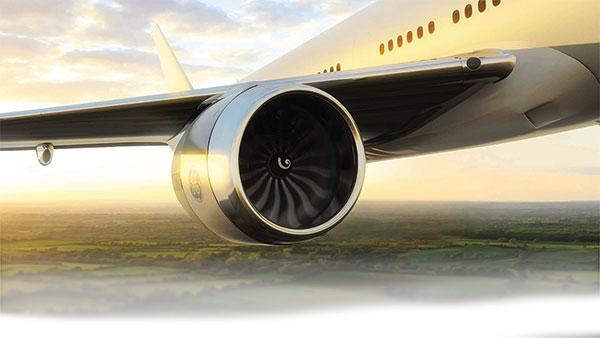The aviation industry is constantly evolving to improve safety, efficiency, and reliability. A major innovation in this realm is Laser-Assisted Autonomous Systems and Real-Time Solutions (LASRS) technology. Combining laser precision with autonomous systems, LASRS is transforming how aircraft operate, navigate, and perform. This groundbreaking technology offers unparalleled accuracy, safety enhancements, and operational efficiency.
What is LASRS?
LASRS is an advanced aviation system that integrates laser-assisted technologies with autonomous systems to enhance aircraft management and navigation. By using laser technology, it provides real-time data and precise measurements that improve decision-making, flight operations, and overall safety. Pilots, autopilot systems, and air traffic controllers benefit from its ability to deliver accurate, actionable information.
How LASRS is Changing Aviation
Enhanced Navigation
Navigating through the skies requires precise data, and LASRS delivers just that. With laser-based sensors, it provides real-time information on position, speed, and altitude, ensuring efficient and accurate navigation. Aircraft equipped with LASRS can optimize their routes, avoid obstacles, and improve fuel efficiency.
Improved Aircraft Management
Aircraft management systems handle everything from engine performance to environmental controls. LASRS enhances these processes with real-time monitoring and proactive adjustments. This ensures issues are detected and resolved before they escalate, maintaining optimal performance and minimizing risks.
Boosting Safety Measures
Safety is the cornerstone of LASRS technology. Its ability to provide detailed, real-time data helps prevent accidents by detecting potential hazards early. This proactive approach makes flights smoother and safer for passengers and crew alike.
Applications of LASRS in Aviation
Commercial Aviation
LASRS is becoming a staple in modern commercial aircraft, offering real-time monitoring, improved navigation, and fuel optimization. Airlines benefit from enhanced operational efficiency, while passengers enjoy reliable and safer flights.
Military Use
In the military, LASRS provides critical precision for reconnaissance and defense missions. It ensures aircraft can operate effectively in complex environments, delivering crucial data for mission success.
Emergency Response
In emergencies, LASRS shines by providing accurate, immediate data to support quick decision-making. Its ability to detect and respond to in-flight issues can mean the difference between safe landings and disasters.
The Future of LASRS
The potential for LASRS is enormous. As laser and autonomous technologies advance, LASRS is expected to play an even greater role in aviation. Upcoming innovations could include:
- Artificial Intelligence (AI): Making LASRS smarter and more adaptive.
- Expanded Use in UAVs: Enhancing unmanned aerial vehicle performance.
- Improved Sustainability: Further reducing fuel consumption and emissions.
These developments promise to shape the future of aviation, making it safer, more efficient, and environmentally friendly.
FAQs About LASRS
What does LASRS stand for?
LASRS stands for Laser-Assisted Autonomous Systems and Real-Time Solutions, a technology that combines laser precision with autonomous capabilities to enhance aviation safety and efficiency.
How does LASRS improve flight safety?
By providing real-time data and early detection of potential hazards, LASRS helps prevent accidents and supports better decision-making during flight operations.
Is LASRS used only in commercial aviation?
No. LASRS is utilized in both commercial and military aviation. It’s also finding applications in unmanned aerial vehicles (UAVs) and air traffic management systems.
What are the challenges of implementing LASRS?
Integrating LASRS requires significant investment in training, infrastructure, and maintenance. However, the long-term benefits of safety and efficiency outweigh these initial costs.
How does LASRS contribute to environmental sustainability?
By optimizing flight paths and improving fuel efficiency, LASRS helps reduce the carbon footprint of air travel, supporting more sustainable aviation practices.
LASRS is revolutionizing aviation, setting a new standard for safety, efficiency, and innovation. As this technology continues to evolve, its role in shaping the future of flight becomes increasingly critical, offering a promising vision for modern and future air travel.
